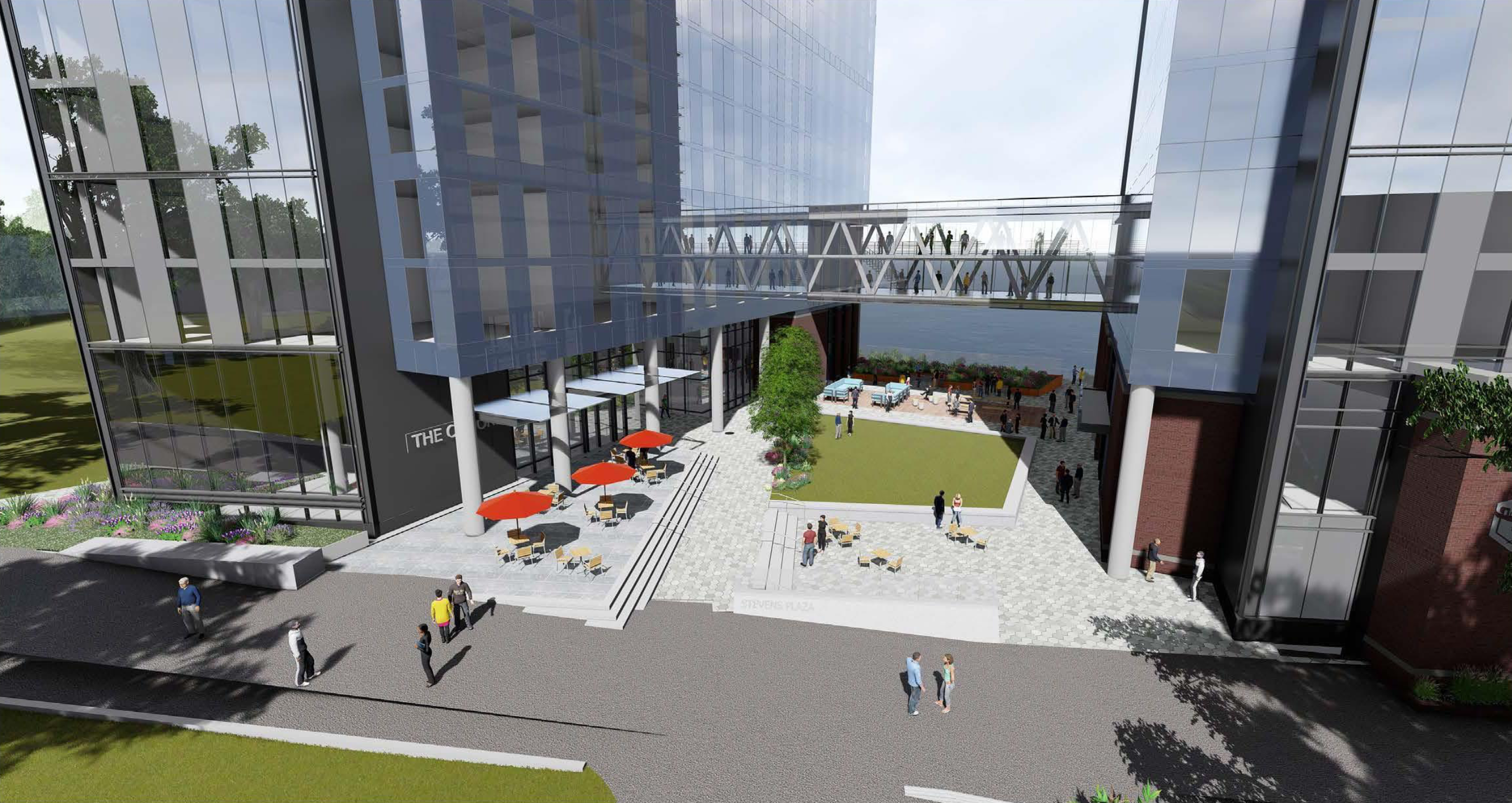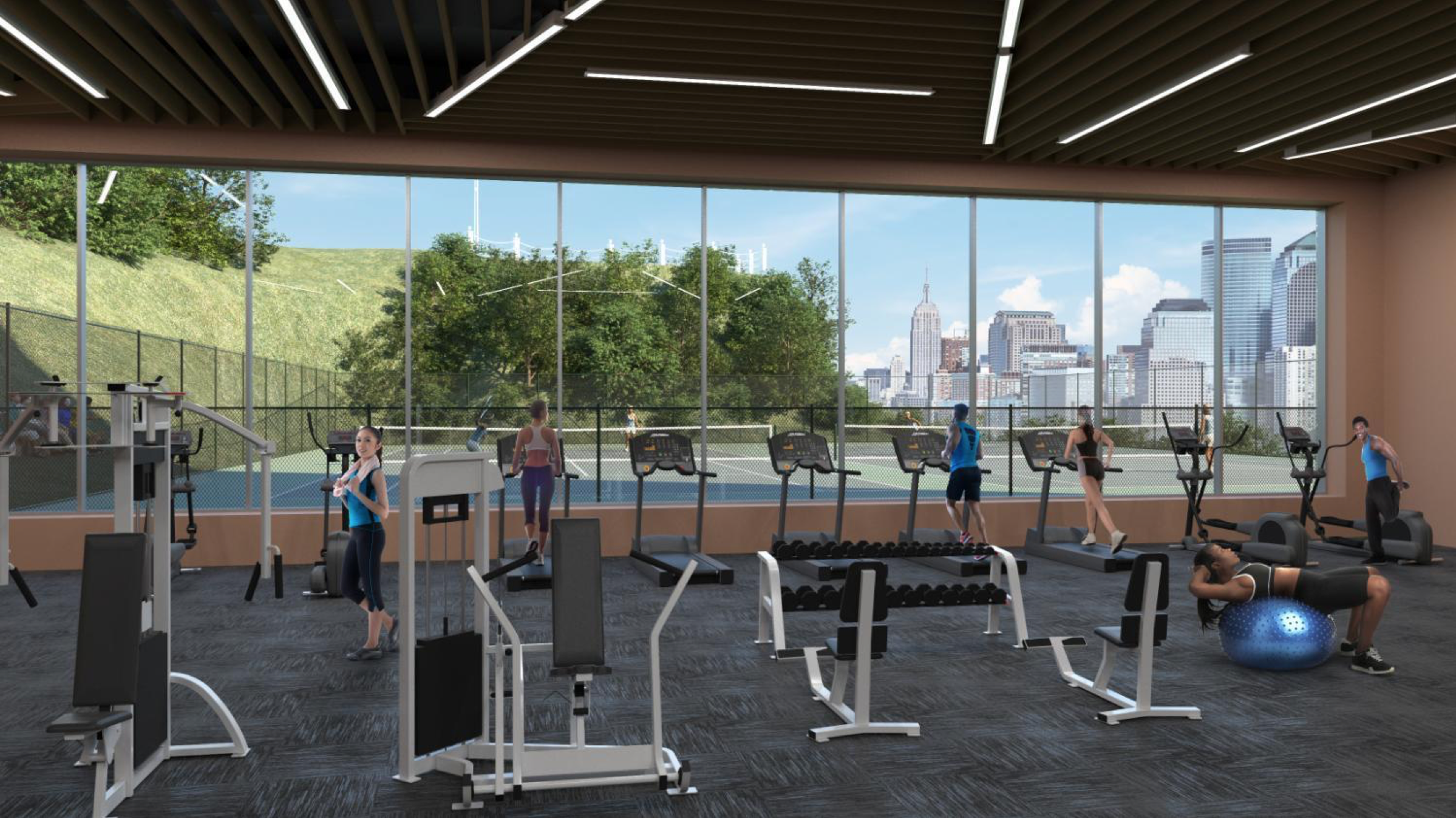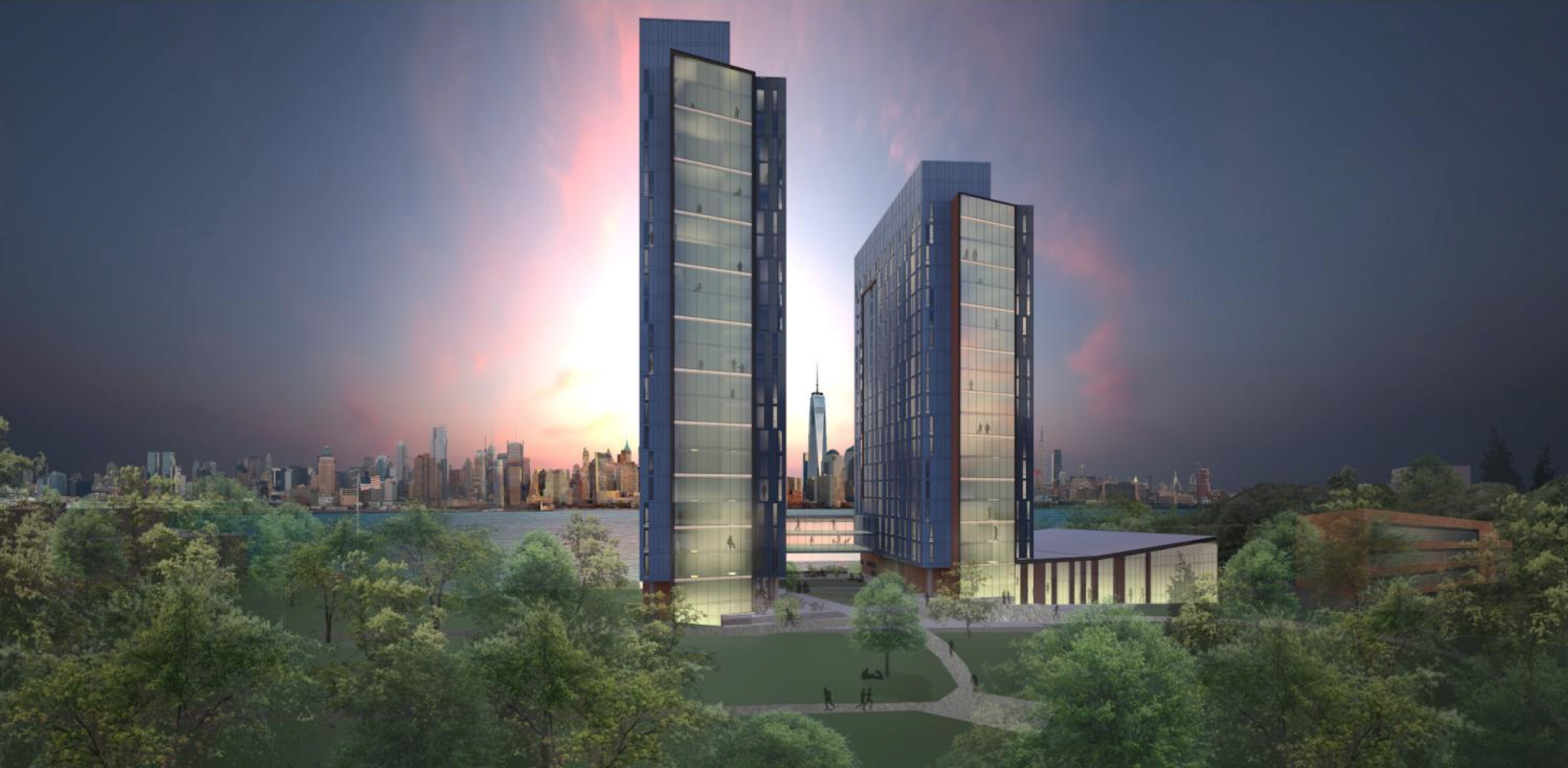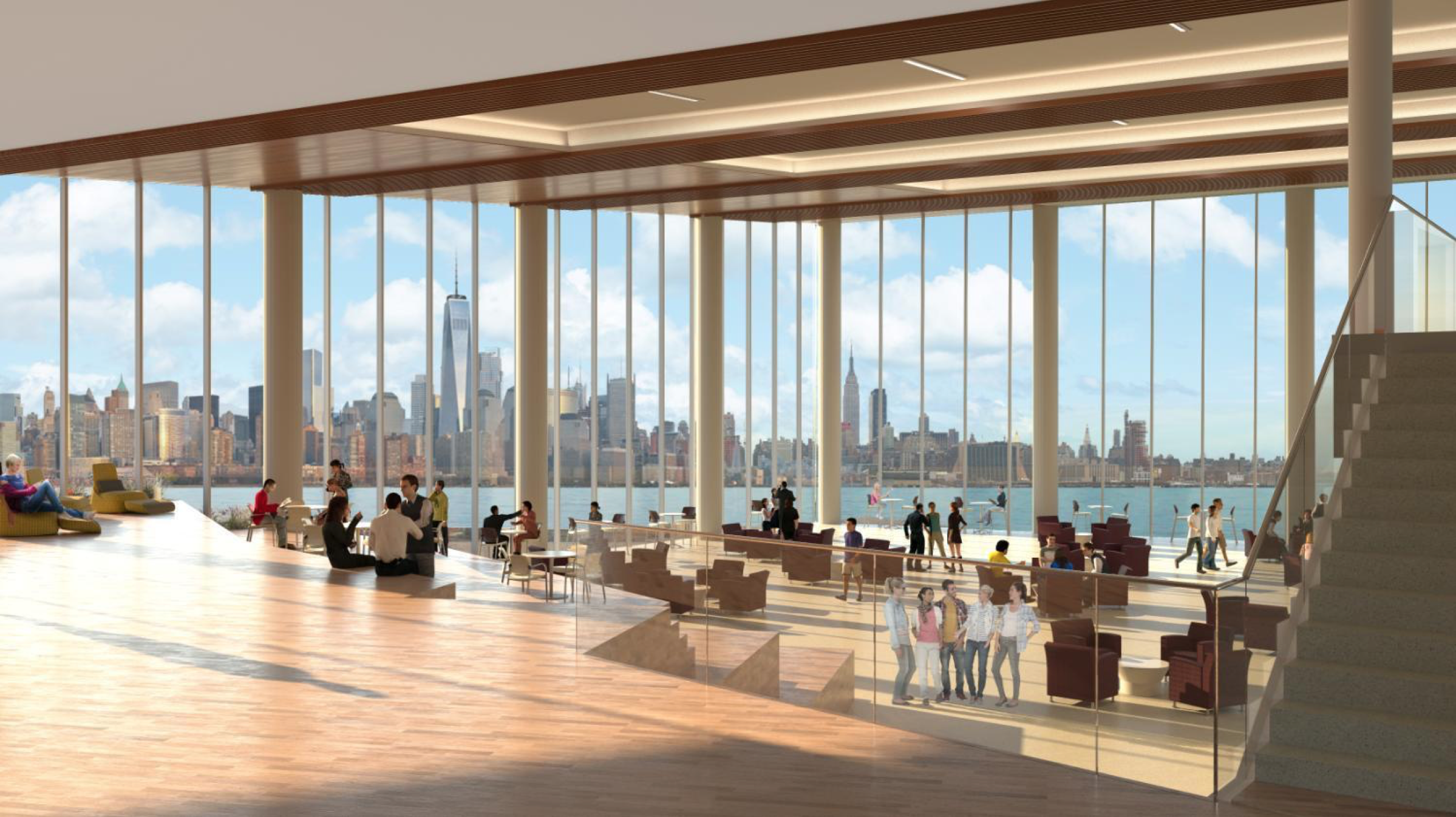The growth occurring on the Stevens campus has unsettled some students. Many upperclassmen have been moved from their Residence Halls to Stevens Leased Housing, and students are concerned about the future of Stevens housing. However, Stevens has a plan to accommodate for the growth: replace Jacobus and Hayden Halls, which are used as a student center and student housing respectively, with two tall towers containing a university center and student housing.
This capital project planned by Stevens raises questions for some students — whether the cost of these towers will increase tuition prices, whether Stevens will complete this project on time, and what the future of student affairs and residential housing will look like.
Plans to increase undergraduate enrollment size from 2,800 to 4,000, create a large university center, and build new student housing to accommodate for growth began in 2012 when President Nariman Farvardin launched his 10-year strategic plan shortly after he began his presidency.
When Farvardin released this ambitious plan, the Institute was still dealing with a massive image problem and an inability to function.
Stevens, which was handling investigations of financial mismanagement, struggled to recruit top-notch faculty and students. Infrastructure and maintenance projects were in terrible shape. The Babbio Garage project — which remained unfinished for many, many years until a few months ago — loomed over the Hudson as “an iconic symbol of the disarray Stevens was in,” as Beth McGrath, Farvardin’s Chief of Staff and Vice President of Government and Community Relations, referred to it at a Hoboken City Council meeting two months ago.
Farvardin and his administration released his 10-year plan, back in 2012, to fix both the public image problem and the deep systemic issues facing Stevens. The primary goals of the 10-year plan were to increase the student population, revitalize education programs, grow the research enterprise, and enhance interdisciplinary education and research.
“It envisions a bold but achievable future,” Farvardin said in a press release back when the 10-year plan was released.
So far, implementation of these changes has bolstered the image of Stevens, making the university a sought-after place to get a degree. In the last seven years alone, the demand for a Stevens education, which is measured by the number of applications to Stevens, has increased by 157 percent, according to an administrator familiar with the growth.
Most administrators recognized that to accommodate the massive increase in students, increasing the number of Stevens Leased Housing options was impractical for both the Institute and Hoboken. As part of the 10-year plan, Stevens will build two 21- and 19-story towers containing student housing and a university center.

Plans for these towers were developed in 2015 with the Hoboken City Council, zoning boards, and planning boards.
Last month, Hoboken City Council voted to approve zoning changes that authorize development for these towers.
To prepare for the construction of the towers, Stevens plans to demolish two buildings along Castle Point bluff. Jacobus Hall will be demolished in Spring 2019, and Hayden Hall will be demolished in June 2019, according to Robert Maffia, Vice President for Facilities and Campus Operations.
The towers, which will be on the site of Hayden and Jacobus halls, are designed as a pair of residence halls on top of a university center.
Estimates for the number of beds in the towers range from 866 to approximately 1,000. Plans for the university center include having a new fitness center, a conference center, student and faculty lounges, a new food service and dining venue, a convenience store, new space for student organizations, and office space, according to an email sent out by President Farvardin to the Stevens community on August 16.

The future cost of On Campus Housing should remain similar to housing costs nowadays. “For those students who choose on campus housing, it is expected that the cost will be less than off campus housing once the new project is open,” Maffia said.
Administrators expect the project to be finished and ready for students by August 2021, according to Maffia. After witnessing the delays and disarray of the Babbio Garage project, some students have expressed skepticism about the estimated completion date of August 2021 for the towers. However, Stevens is confident that they will complete the towers by this date.
“The delays in the completion of the Babbio Garage preceded the tenure of President Farvardin,” said Maffia. “After President Farvardin assumed office, he prioritized first, the Gianforte Family Academic Center, as academic space was a critical need. Once this project was approved and construction was underway, completion of the Babbio Garage was the next priority. Once approved by the Hoboken Zoning Board, Stevens planned a 10-month construction period to open the garage, and we met that target.”
The staggering cost of these towers, which has yet to be fully determined, will not raise or impact the price of tuition for students, according to Maffia. The project will, instead, “be financed through a combination of bonds and philanthropic gifts,” Maffia said.
A primary philanthropic gift is from alumnus Richard F. Harries ‘58, who donated approximately $17 million in June to support the construction of the towers. Because of his substantial donation, Stevens plans to name the future residence hall in the towers after him, according to a Stevens press report released in June.
Once housing is expanded on campus with these towers, Stevens plans to phase out Stevens Leased Housing options.
The list of leased housing options has been growing and growing ever since Stevens began to increase the size of undergraduate enrollment. The unexpectedly large size of the recent incoming class demonstrated that the larger enrollment size would affect housing for students.
The current Stevens Leased Housing options, which require students to sign an 11-month lease and purchase a meal plan, include 733 Jefferson Street, The Shipyard, 1000 Jefferson Street, and 1700 Park Avenue in Weehawken, among six others.
The decision to move approximately 650 beds from off-campus leased housing to campus was made to centralize the Stevens community and reduce tensions with families who share these buildings with students, according to Keenan Hughes, a legal representative for Stevens.
Despite a predicted loss of about 650 beds in the Hoboken community and increase of the undergraduate enrollment size to 4,000, Stevens expects all housing needs to be covered in the future.

“Based on the current percentages of students who opt-in to the Stevens Housing Program, we expect to not need Stevens Leased Housing in Hoboken,” Maffia told The Stute in an email.
Once most of the Stevens Leased Housing is phased out, Stevens projects that it can reduce the number of daily runs made by its shuttle system by at least 63 percent.
Hoboken residents, particularly in the neighborhoods adjacent to campus, have expressed concerns about the shuttle system because of the traffic it produces in the city. According to a presentation given to the Hoboken City Council by Stevens, administrators plan to readjust the shuttle lines so that they operate only to and from major public transportation options, specifically the PATH and light rail.
All these changes are in line with plans by Stevens to accommodate future growth and should assist in solidifying a common Stevens culture.

Be First to Comment